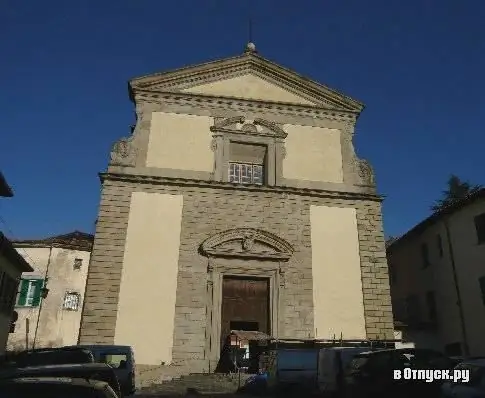
Description of the attraction
Piazza Santa Maria in Gradi is not the most famous square of Arezzo among tourists, although interesting historical monuments have been preserved on it. In general, this territory has a great archaeological value, since already in the Etruscan era, in the 7-6th centuries BC, an important center of social life was located here. It was here that there was a factory for the production of clay products, owned by Marco Perennio, a famous industrialist of his time - the factory made wonderful coral vases that can be seen today in the Archaeological Museum. During the archaeological excavations, several bowls for mixing glue, fragments of vases, patterns and even the ruins of service buildings were brought to light. Other artifacts from the Roman era were also discovered - mosaic floors, wells and coins. And in the 13-14th centuries on this place there was a foundry, which made the best bells in Arezzo.
In Piazza Santa Maria in Gradi, next to the church of the same name, you can see the front door leading to the monastery, which was much larger in the past than it is now. Only a small cloister behind the apse of the church has survived from its former scope. Today, the monastery building houses one of the city's private schools - Istituto Aliotti.
The Church of Santa Maria in Gradi itself stands on the side of the Piaggia del Murello hill on one of the oldest streets in Arezzo, which in the past was called Ruga Mastra. The church was built at the end of the 16th century by the architect Bartolomeo Ammanati on the site of an 11th century Romanesque temple that was part of the Camaldulo monastery. From that church, only the crypt has survived to this day. Santa Maria in Gradi was completed in 1611, a little later, in 1632, a bell tower was built, and wooden vaults appeared only in 1711. The external and internal decoration of the church is very simple - there are three chapels on both sides of the central nave. At the wooden altar, you can see the famous terracotta statuette of the Madonna by Andrea della Robbia.






